
In the neverending quest for lush green lawns that require minimal maintenance, artificial turf has gained immense popularity among homeowners and commercial establishments alike. Artificial turf offers the allure of a perfectly manicured lawn all year round without the hassle of mowing, watering, or dealing with pesky weeds. However, although artificial turf may seem like an amazing alternative to natural grass, we’re here to highlight 12 reasons why you should avoid it if you can!
1. For Environmental Impact

Unfortunately, the manufacturing, transportation, and installation of artificial turf contribute to carbon emissions and pollution.
©Tallmaple/Shutterstock.com
Some people lay their case in support of artificial turf, saying that it is an eco-friendly solution due to its reduced water consumption. Moreover, by choosing artificial turf, you can abstain from using harmful pesticides and fertilizers. While this may be true, artificial turf is not perfect and comes with its own environmental issues.
Namely, artificial turf is primarily made from synthetic materials derived from petroleum, a non-renewable resource. In fact, the production of artificial grass creates a huge carbon footprint that contributes to carbon emissions and pollution during the manufacturing, transportation, and installation of the product. This all adds to the planet’s environmental burden.
Moreover, when you dispose of your worn-out or damaged turf, it presents a significant challenge. The materials used in its construction are not biodegradable, leading to long-lasting waste in landfills. The decomposition process can take centuries, leaving future generations to deal with the consequences of this plastic-based solution.
2. For Clean Air

Unlike natural grass, artificial grass does not improve the air quality around your home.
©Twinsterphoto/Shutterstock.com
Natural grass does not only look good, but it is also responsible for clean air around us. Plants are integral to our ecosystem as they continuously absorb carbon dioxide from the air and release oxygen. This can help improve the air quality around your home.
Natural grass also supports biodiversity, providing sanctuary and food for insects, birds, and small animals essential to the ecological balance.
By choosing natural grass over artificial turf, you make a conscious decision to support a sustainable ecosystem and reduce your carbon footprint. Your garden becomes a sanctuary for yourself and the environment, promoting a greener and healthier planet for future generations.
3. Soil Health Improvements
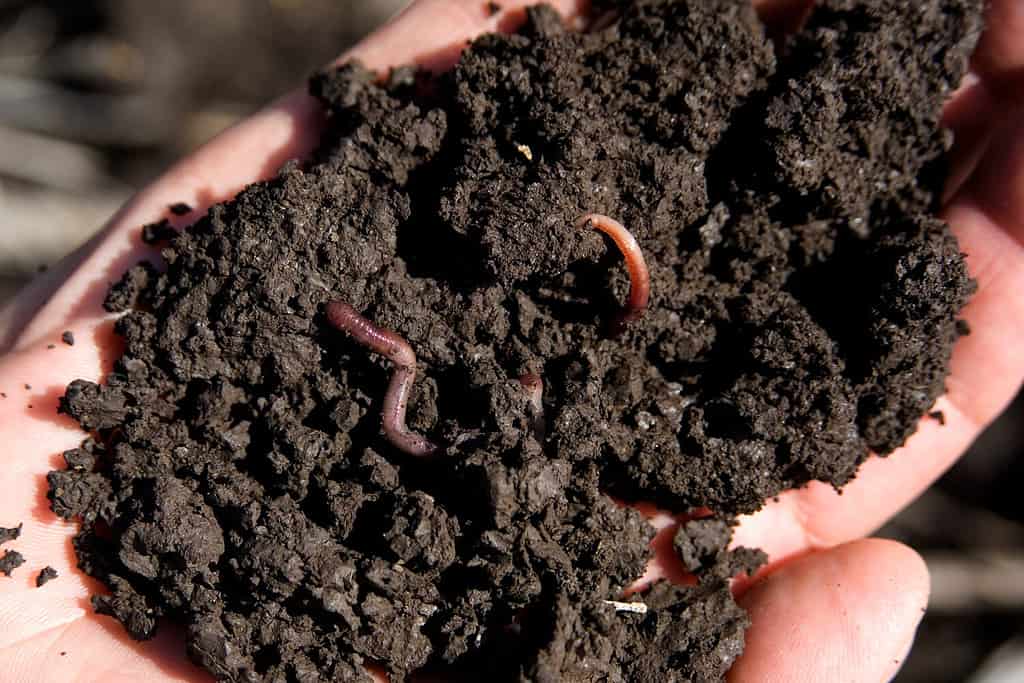
Natural grass can help improve soil health, as grass has a deep root system that improves soil structure.
©Alf Manciagli/Shutterstock.com
Selecting natural grass over artificial turf can improve soil health and water infiltration. Natural grass has a deep root system that improves soil structure and allows for improved water penetration. The grassroots will produce channels in the soil, allowing water to penetrate deeper and reducing runoff during heavy rainfall.
Artificial turf, on the other hand, lacks this natural root system. This will result in water pooling and runoff difficulties. This not only leads to drainage issues but will also have a detrimental effect on the soil underneath.
4. Reduced Heat Island Effect
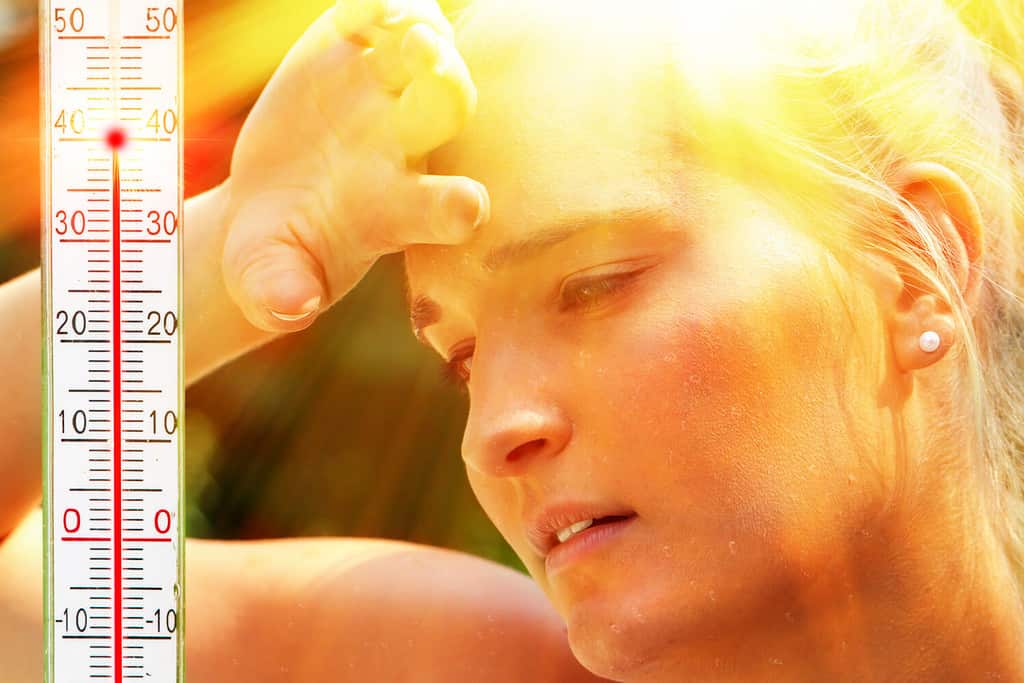
Grass can help lessen the heat island effect by cooling the surrounding environment through a process called transpiration.
©Juergen Faelchle/Shutterstock.com
Natural grass helps mitigate the heat island effect in urban areas. The heat island effect refers to the higher temperatures experienced in cities compared to surrounding rural areas due to human activities and artificial surfaces like concrete and asphalt.
According to research, grass helps cool the environment through transpiration. During transpiration, grass releases water vapor into the air, which cools the immediate surroundings. This is perfect for those hot summer days!
5. Durability and Longevity
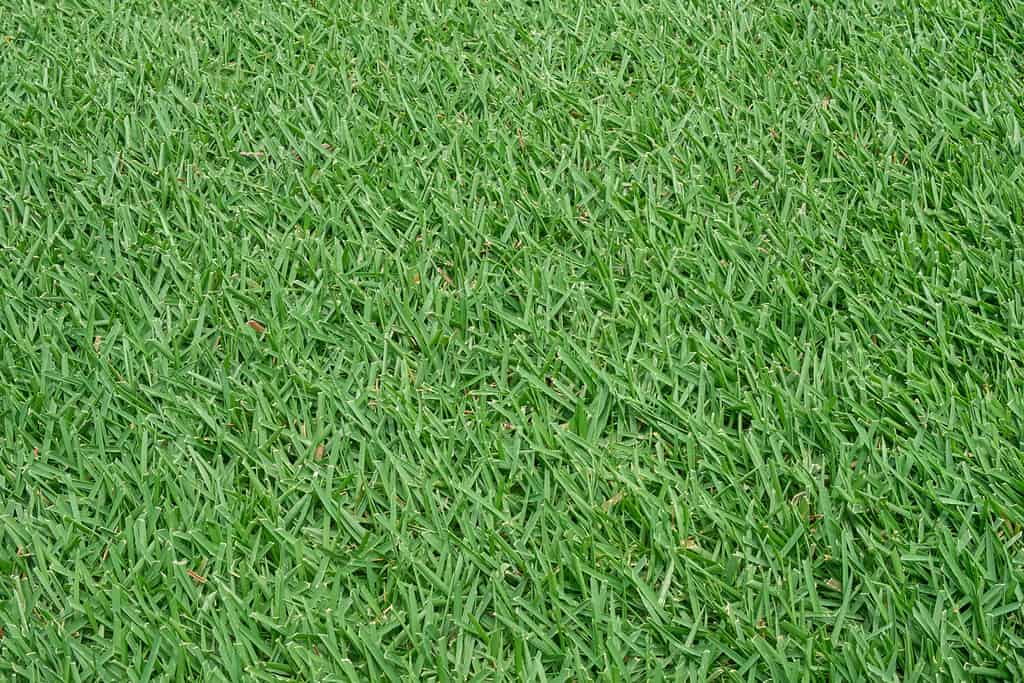
Artificial turf can last up to 15 years while natural grass can last several decades with proper care and maintenance.
©Oldboys/Shutterstock.com
The durability of artificial turf is the number one reason people opt for this grass alternative. It is made of strong synthetic fibers and has a lifespan of around 8 to 15 years. However, it is not always going to look as good as new. In fact, if you have artificial turf in your garden, you’ll soon notice the changes in its look, and it may start to look worn and weary over time. Exposure to sunlight and other elements can cause the artificial fibers to break down and lose their lush appearance.
On the contrary, natural grass can prove surprisingly resilient and long-lasting. With routine maintenance such as mowing, watering, and fertilizing, grass can maintain its vibrant green hue and lush texture for years.
Unlike artificial turf, which can require costly repairs or even replacement, natural grass can self-repair and regenerate, allowing it to endure through various seasons and weather conditions.
6. Freedom to Choose
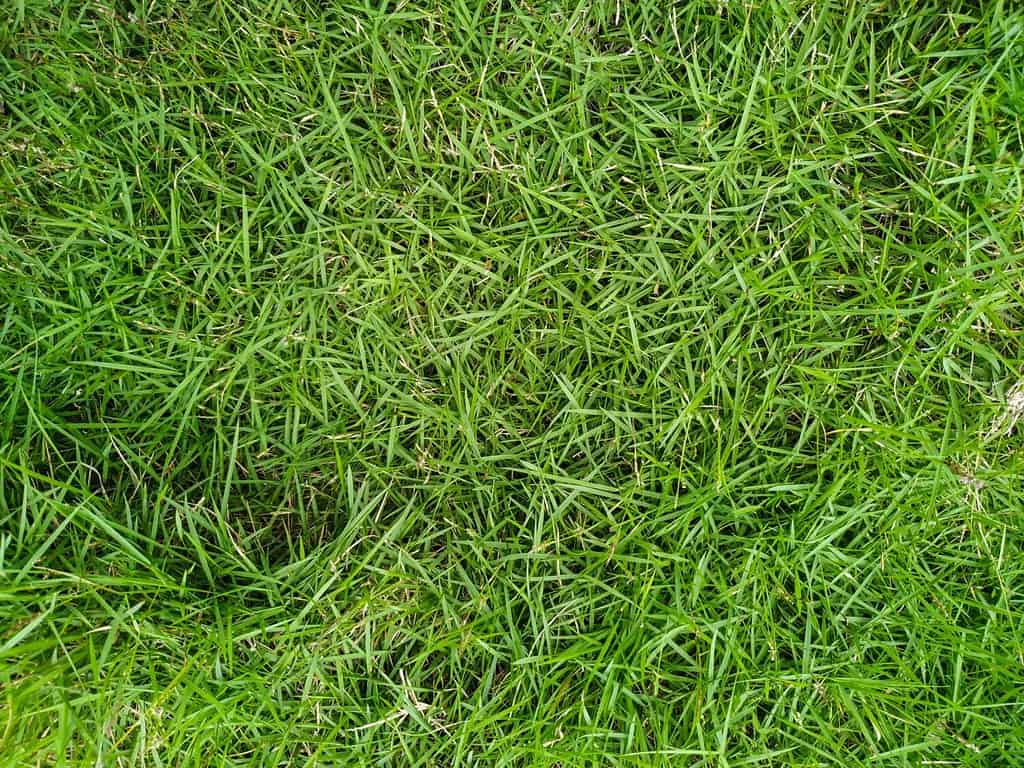
You have plenty of options to choose from when deciding on what type of grass to get.
©Yanti Lin/Shutterstock.com
With advancements in grass seed varieties and sod options, homeowners can select grass types better suited to their specific climate and lawn requirements. Some of the most popular options include Bermuda grass, buffalo grass, St. Augustine grass, zoysia grass, or centipede grass.
Some grass types are suited for warm climates, while some are a better fit for cold climates. So, you can have your pick.
You can also choose grass according to the required maintenance level. For example, St. Augustine grass is a high-maintenance grass; it will require some more dedication and care from your side. For low-maintenance options, consider centipede or buffalo grass.
The ability to choose the best grass for you ensures a healthier, more robust lawn that can withstand the challenges of different environments, from extreme heat to freezing temperatures, according to your local climate.
7. A Sensory Experience
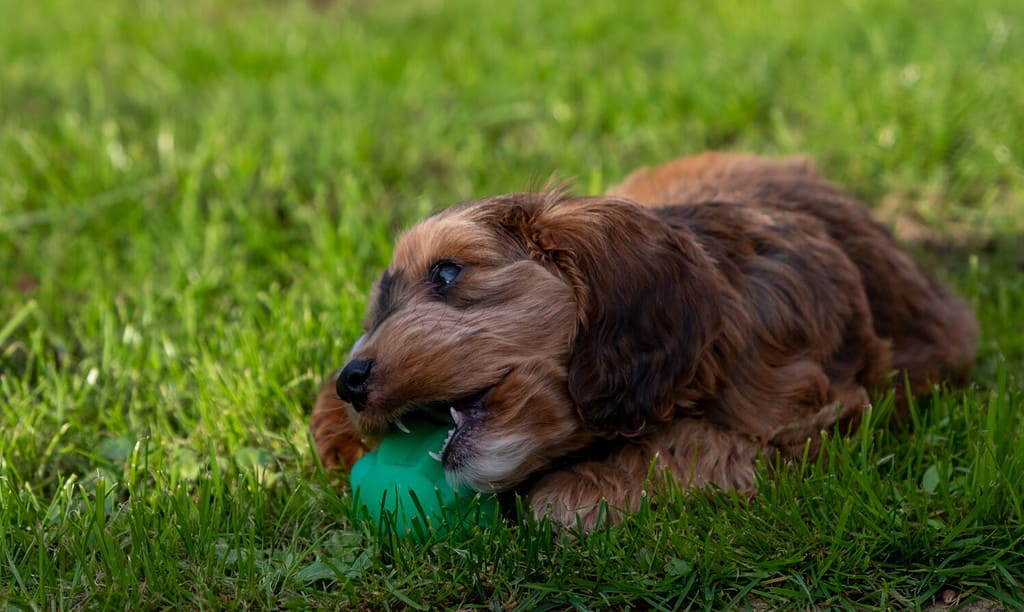
The soft and cool feel of the grass cannot be replicated by artificial turf.
©Robyn-May/Shutterstock.com
Walking on natural grass is a delightful sensory experience. The soft, cool feel of the grass beneath your feet, the earthy scent, and the soothing green color create a connection with nature that artificial turf simply cannot replicate.
Imagine going on a picnic and letting your young kid explore nature. It’s a joy for both adults and children to kick off their shoes and run around on the soft, natural surface.
On the other hand, the feel of synthetic plastic can irk your feet and can even cause abrasions or burns, as it has a much rougher surface and feel.
8. The Earthy Smell
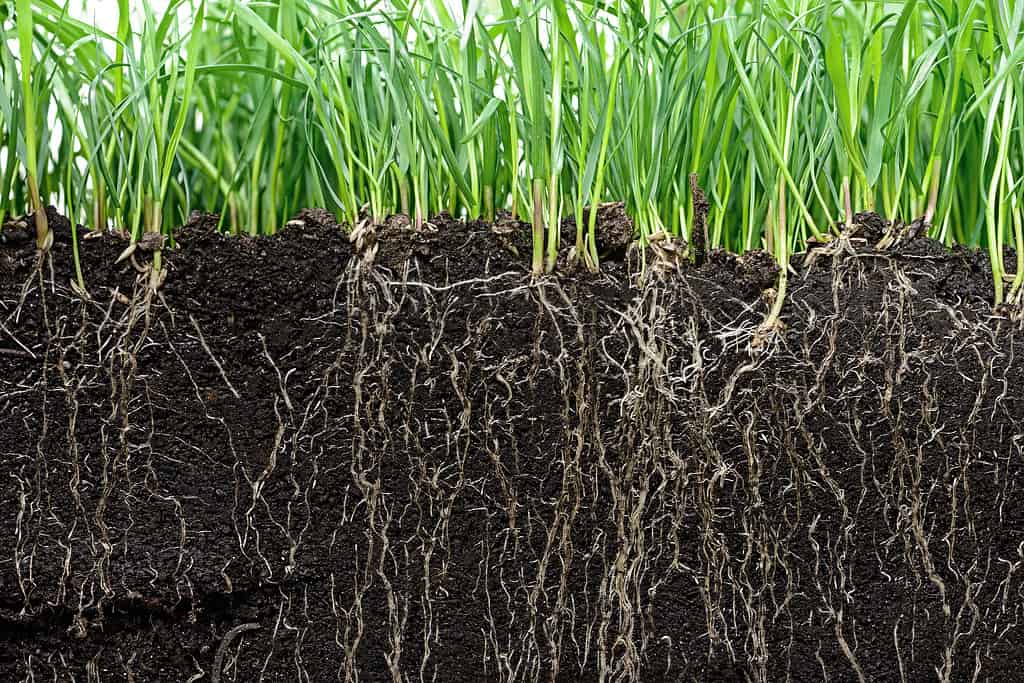
Another thing that cannot be replicated by artificial turf is the smell of the earth.
©iStock.com/
Many people love the smell of the earth after rain. Not only is it pleasant, but many studies also claim that bacteria found in dirt and soil work as a great antidepressant. In fact, it’s said that the absence of natural grass could be related to rising stress levels in our world today.
The smell of freshly cut grass also triggers nostalgic feelings and positive emotions for many people. Artificial turf simply cannot replicate this aspect of the sensory experience.
9. Health and Safety
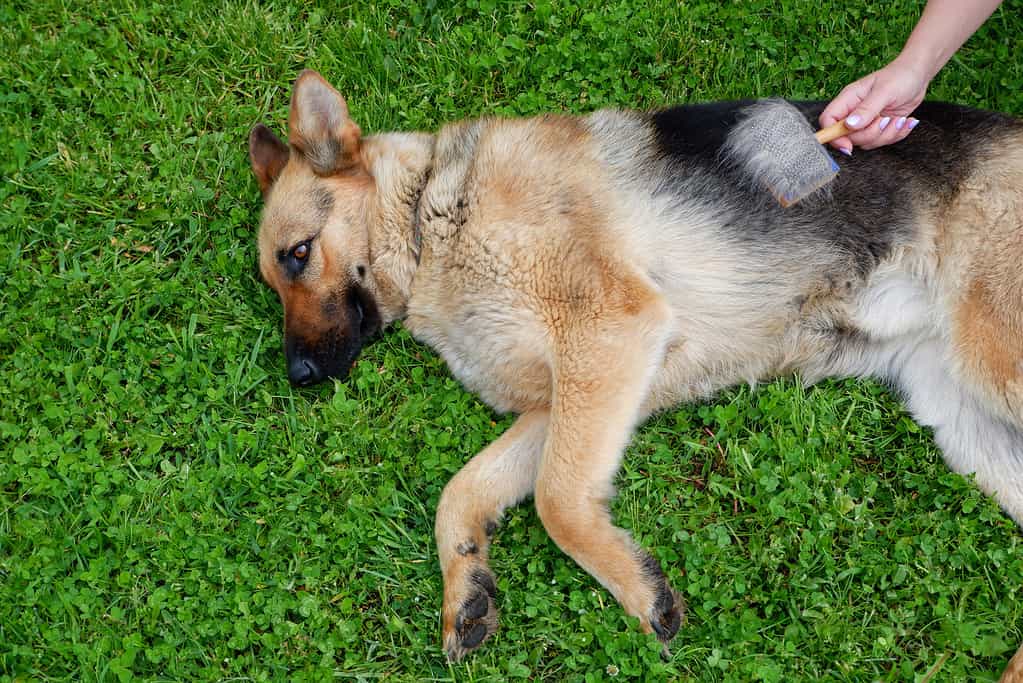
Unlike artificial turf, natural grass does not retain heat and does not harbor harmful bacteria.
©iStock.com/Ana-O
Artificial turf might seem like a safe option at first, but it can actually pose health risks. The synthetic materials used in artificial turf can retain heat, making it hot to touch during warm weather. This heat retention can cause discomfort and potential burns, especially for pets and children playing on it.
Moreover, artificial turf can harbor bacteria and other pathogens if not cleaned regularly, posing health hazards to your family and pets.
Natural grass, on the other hand, is naturally cooler and less likely to host harmful microorganisms. It provides a safer and healthier environment for outdoor activities.
10. Freedom to Play
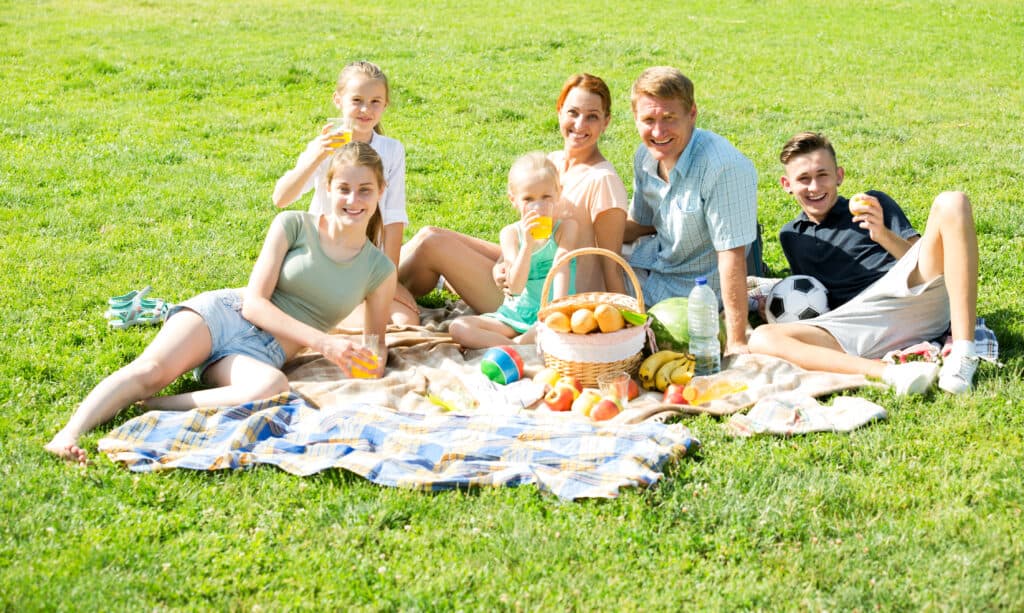
You’re more likely to sit in the grass, have picnics, and relax on natural grass than on artificial turf.
©BearFotos/Shutterstock.com
Choosing natural grass over artificial turf benefits not only the environment and health but also enhances the overall outdoor experience. You can have a barefoot stroll on the grass and enjoy the scenic beauty. A barefoot-friendly surface allows children and adults to engage in more profound interactions with nature.
You can sit on the grass and have long conversations. The natural grass beneath your feet is soft and comfortable, making it ideal for picnics and family gatherings.
Furthermore, it encourages relaxation and teaches you to appreciate life’s little joys. The natural surface adds a touch of comfort and convenience, whether you’re lying down and marveling at the skies or playing frisbee.
Artificial turf cannot garner the same experience and connection to nature. Its synthetic and plastic feel lacks charm, authenticity, and originality.
11. Connection With Nature

When you garden and care for your lawn, you are fostering a connection with nature.
©iStock.com/BrianAJackson
Having natural grass in your yard fosters a deeper connection with nature. Gardening and caring for your lawn can be a rewarding experience, providing a sense of accomplishment and fulfillment. It encourages outdoor activities and spending time in the fresh air, benefiting your overall well-being.
With artificial turf, you’ll miss out on many of these activities.
12. Aesthetics and Timelessness
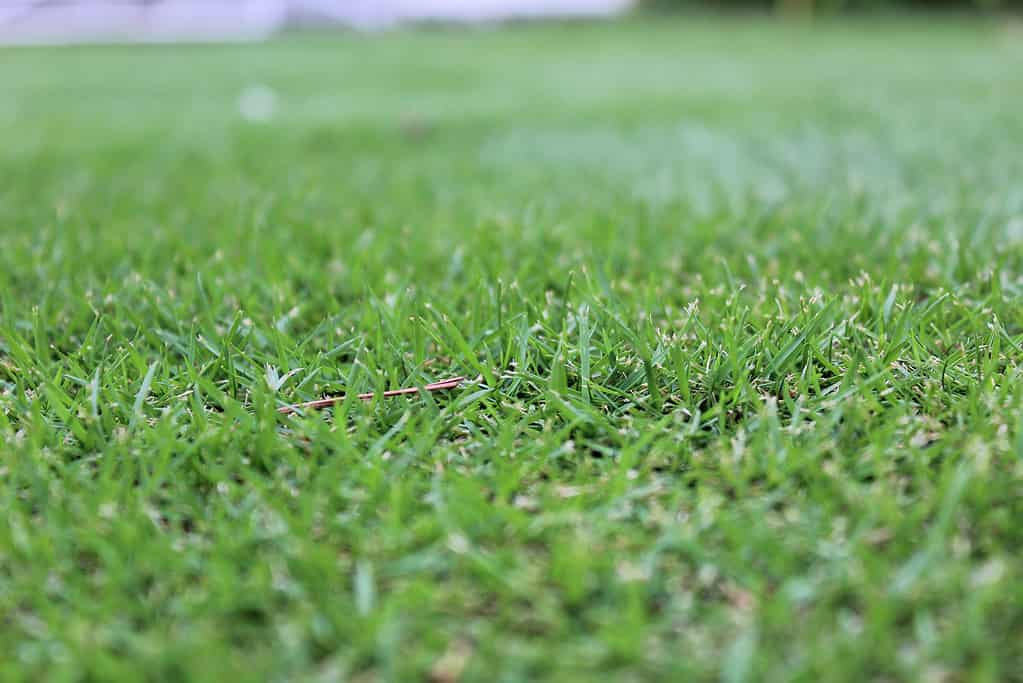
Simply put, one of the reasons you should have grass instead of artificial turf is that grass adds character to your property.
©iStock.com/Ferry Hermansyah
The allure of a perfectly manicured lawn can be tempting with artificial turf. Still, there’s a timeless beauty and charm in the natural irregularities of a well-maintained grass lawn.
It adds character and uniqueness to your property, making it stand out from uniform artificial lawns in the neighborhood.
Summary of the Reasons You Should Avoid Artificial Turf and Stick with Grass
| Number | Reason | Why |
|---|---|---|
| #1 | For Environmental Impact | Made from non-renewable resources, contributes to carbon emissions, and creates long-lasting waste in landfills |
| #2 | For Clean Air | Natural grass absorbs carbon dioxide, releases oxygen, supports biodiversity, & promotes a sustainable ecosystem |
| #3 | Soil Health Improvements | Natural grass improves soil structure and water penetration, while artificial turf causes drainage issues |
| #4 | Reduced Heat Island Effect | Natural grass helps combat the heat island effect in urban areas by promoting cooling through transpiration |
| #5 | Durability and Longevity | Natural grass can be surprisingly resilient with proper maintenance, while artificial turf may require costly repairs or replacement |
| #6 | Freedom to Choose | Homeowners can choose from various grass species better suited to their climate and lawn requirements |
| #7 | A Sensory Experience | Walking on natural grass provides a delightful sensory experience with its soft texture and earthy scent, unlike artificial turf |
| #8 | The Earthy Smell | Natural grass’s earthy smell triggers positive emotions, which artificial turf cannot replicate |
| #9 | Health and Safety | Artificial turf can retain heat and harbor harmful pathogens, posing health risks for pets and children |
| #10 | Freedom to Play | Natural grass enhances the outdoor experience, allowing barefoot strolls and comfortable picnics, unlike synthetic turf |
| #11 | Connection with Nature | Caring for natural grass fosters a deeper connection with nature and encourages outdoor activities |
| #12 | Aesthetics and Timelessness | Well-maintained natural grass adds character and uniqueness to properties, standing out from uniform artificial lawns |
The photo featured at the top of this post is © doublelee/Shutterstock.com
Thank you for reading! Have some feedback for us? Contact the AZ Animals editorial team.







